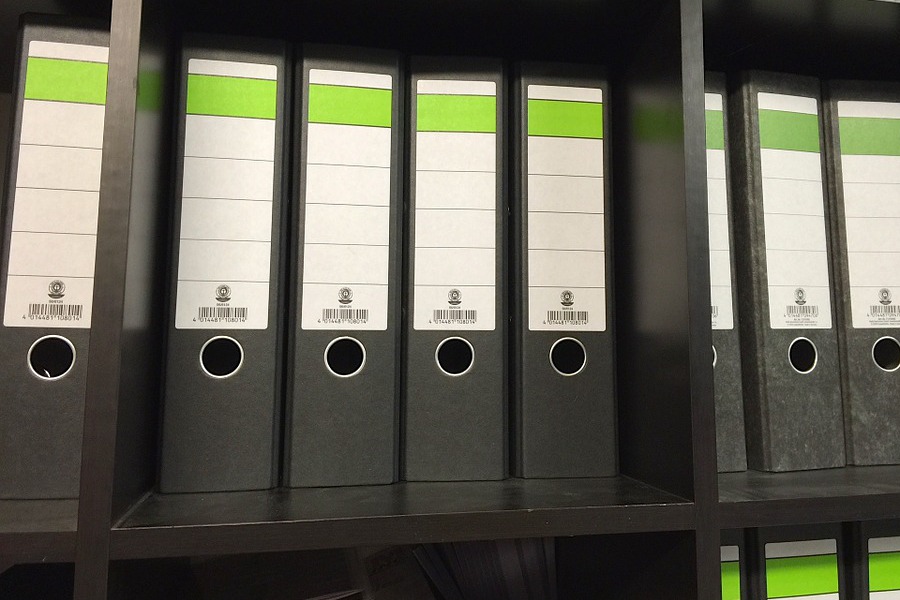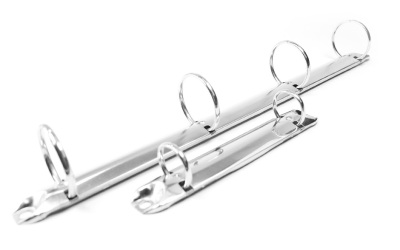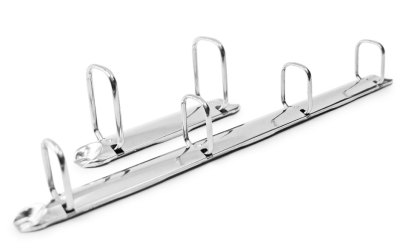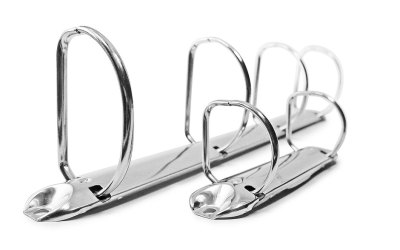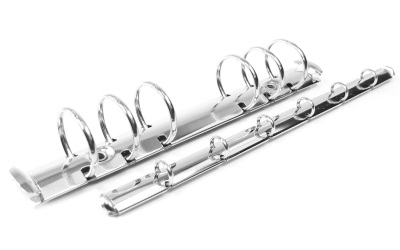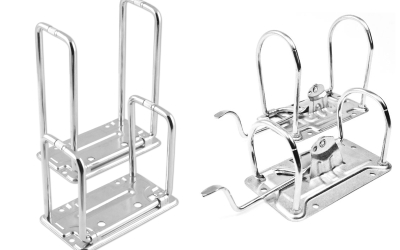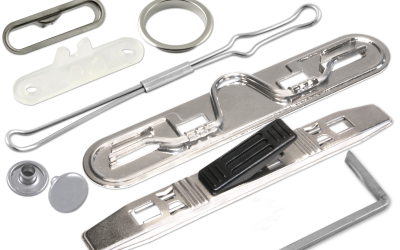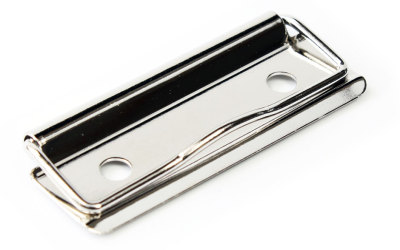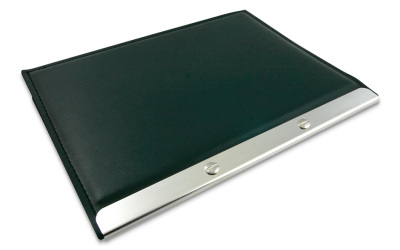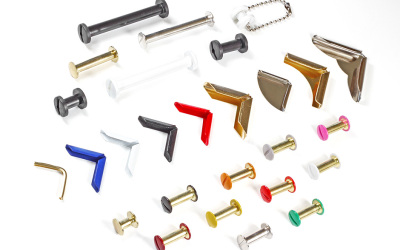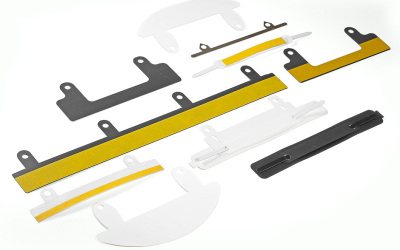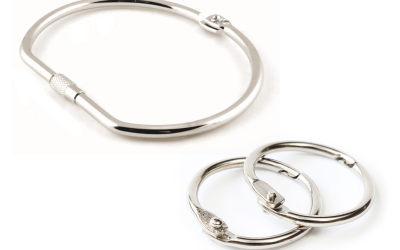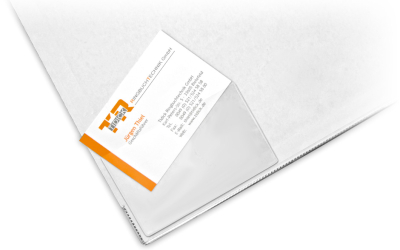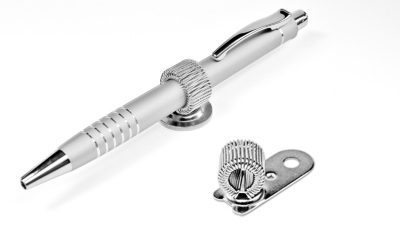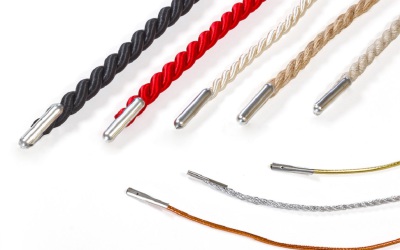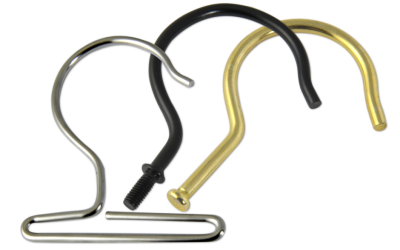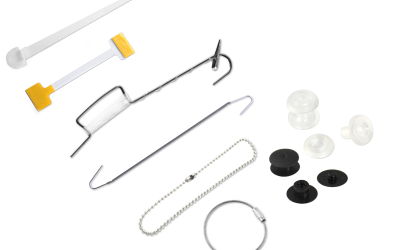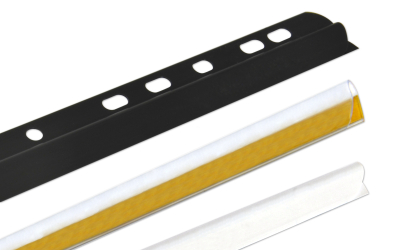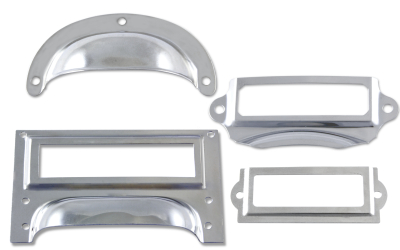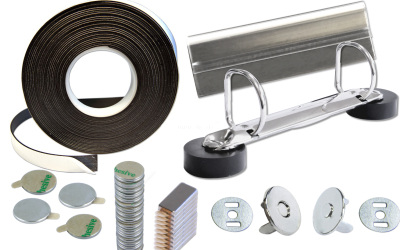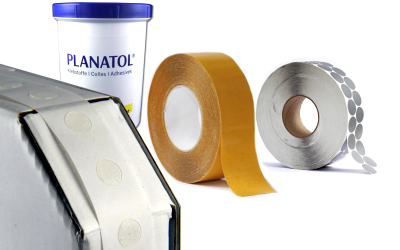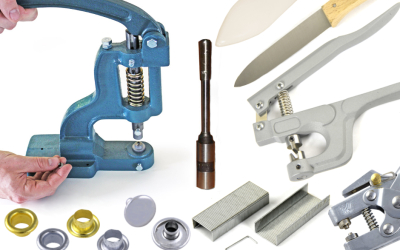Ring binder mechanisms and much more
Ring binder mechanisms
Ring binder mechanisms have been a tried and tested system over the years when it comes to managing written material and other loose documents. The development of this system of ring binder mechanism goes back as far as the 19th. century. Since then, the whole area of file mechanisms and other folder mechanisms based on the principle of ring binders has continued to develop and become differentiated; but the renowned underlying principle based on the ring mechanism has been retained. The rings in a ring binder mechanism are pulled apart in the middle and the documents can be set into the file mechanism. So ring binder mechanisms are also known as pull-open type.
Ring binder mechanisms are ideal for loose leaf files, folders, portfolios and a wide range of other filing products. The ring binder mechanisms are available with various ring shapes. D-shape mechanisms, R-shape mechanisms and Q-shape mechanisms. Each ring mechanism has its own Advantages. The differences between the different version of ring mechanism can be found in the shape of the rings and associated page insertion and leafing properties.
The R-shape ring mechanism forms a closed ring and is the classic design of ring binder mechanism. Round ring mechanisms make it particularly easy to leaf through the filed sheets. So the documents you have filed will not tear even when you leaf through them frequently.
The Q-shape arch mechanism is based on angular brackets, which means the edges of the sheets line up perfectly, and also allows the full capacity of the file to be utilised.
The D-shape combi-mechanism combines the design of the round ring mechanism and the arch mechanism, which allows the edges of the sheets to line up and also full use of the file capacity. In addition, the half-ring makes it easy to leaf back.
It is important to decide which ring binder mechanism is right for your requirements. Different ring binder mechanisms each have special advantages; depending on the volume of material to be stored and the requirement for certain insertion qualities may lead to a preference for a special ring binder mechanism. You will find sophisticated versions of all the common types of ring binder mechanism here. Please let us give your our detailed advice regarding which type of ring binder mechanisms is best suited to your needs.
No matter whether it’s a 2, 3 or 4 ring mechanism – our ring binder mechanisms are of the highest quality. A mechanism such as a ring binder mechanism, which faces demanding challenges must be stable and resilient. The written material must be held firmly and the closing mechanism in the folder must close securely and firmly. High quality ring binder mechanisms are characterised by optimal closing properties. So only ring binder mechanisms which meet the highest quality standards should be used.






